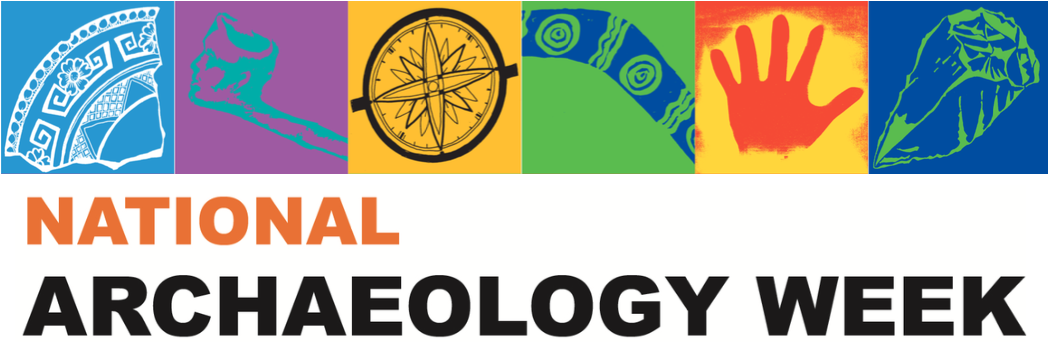Palynological analysis of wetland and archaeological sediments from Minjerribah has provided a great deal of insight into the environmental context of human occupation of the island, particularly in terms of climate change over the last +40,000 years, as well as Indigenous fire management. Recent research has focussed on wire rush marshes, particularly Jumping Grass Marsh, which is situated next to the Quandamooka Yoolooburrabee Aboriginal Corporation in Dunwich, and Canalpin Creek, located close to a significant Pleistocene archaeological site and a culturally important Cypress Camp. Findings from these studies have important ramifications for current and future management, particularly in terms of the application of Quandamooka led Traditional fire management strategies and Indigenous adaptations to significant environmental change that have occurred over the last 40,000 years.
About the speaker: Dr Patrick Moss’s research interests are in Biogeography, Landscape Ecology and Palaeoecology.
Part of the National Archaeology Week Lunchtime Seminar Series. Find the series details here.
When: 12-1pm AEST, Tuesday 23 May 2023
Where: The University of Queensland Anthropology Museum, Level 1 Michie Building, St Lucia Qld 4072
For more information: https://anthropologymuseum.uq.edu.au/event/session/882
Presented as part of the Anthropocene: Linking past and present to shape a better future exhibition at the University of Queensland Anthropology Museum
Presenting collaborative models of academic research informed by traditional cultural knowledge drawn from The University of Queensland researchers and First Nations community-led initiatives.
In recent decades there has been increasing awareness and alarm about the consequences of human actions on our collective future. Human-caused extinctions, sea-level rise and habitat fragmentation threatens countless species and critical ecosystems that support all human societies. The scale of these transformations has led some to refer to this era as the Anthropocene, the geological epoch in which humans play a dominant role in shaping the Earth system. Over hundreds of thousands of years, humans have experimented with an extraordinary array of subsistence practices, economies and socio-political systems. One of the defining features of our species is our ability to access information about these earlier lifeways, and to learn from our past.
The deep time history of this country shows First Nations communities prospering in a climatically changeable continent for tens of thousands of years. This occurred through the extremes of the last ice-age and the reshaping of Australia as sea-levels rose by more than one hundred metres. This exhibition draws upon the UQ Anthropology Museum collection and considers these transformations alongside recent research, to challenge and expand ideas around heritage protection, biodiversity loss and the impacts of climate change on cultural practices.
Featuring works from artwork by Quandamooka artist Megan Cope, voices of Dunghutti elders from the Macleay Valley region and video work of cultural fire practices carried out on Dja Dja Wurrung country, alongside artworks by artists Nora Walytjaka Holland, Kunmanara (Niningka) Lewis, Naata Nungurrayi, Ningura Napurrula, Tjunkaya Tapaya and Barrupu Yunupingu.
Film and animated footage by: Rodney Carter, and Chris Bennie (Dja Dja Wurrung | Djandak Wi), Amy Bruce (Macleay Valley interviews), Miriam Alexander (animated intro).
The exhibition is open to the public throughout the year from May to December 15.
When: Daily from 11am to 3pm
Where: The University of Queensland Anthropology Museum, Level 1 Michie Building St Lucia Qld 4072
For more information: https://anthropologymuseum.uq.edu.au/exhibitions/anthropocene-linking-past-and-present-shape-better-future

